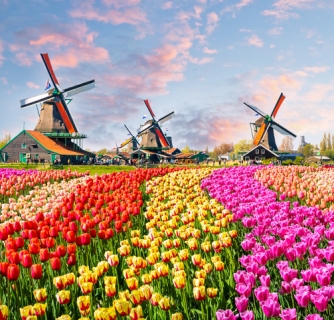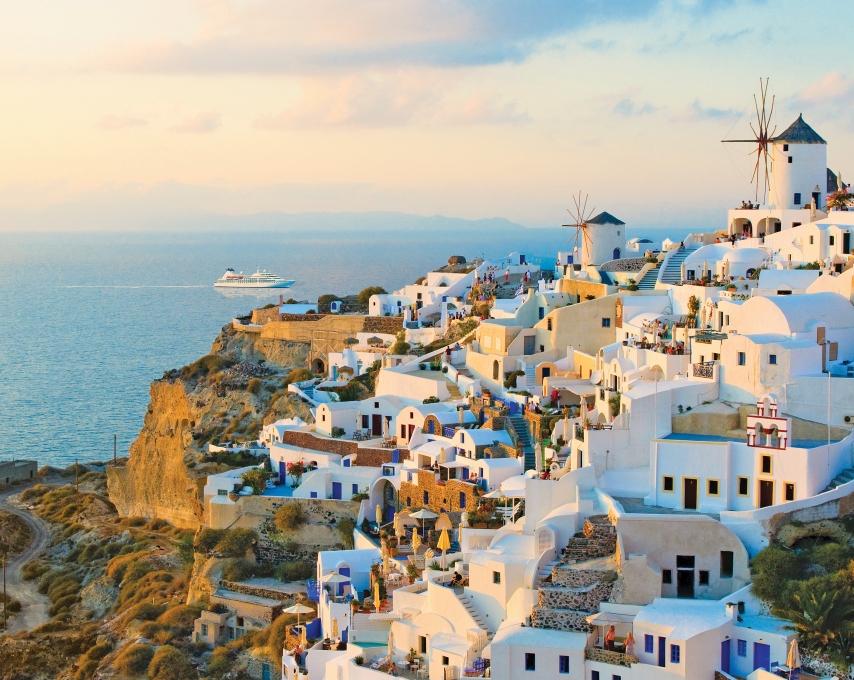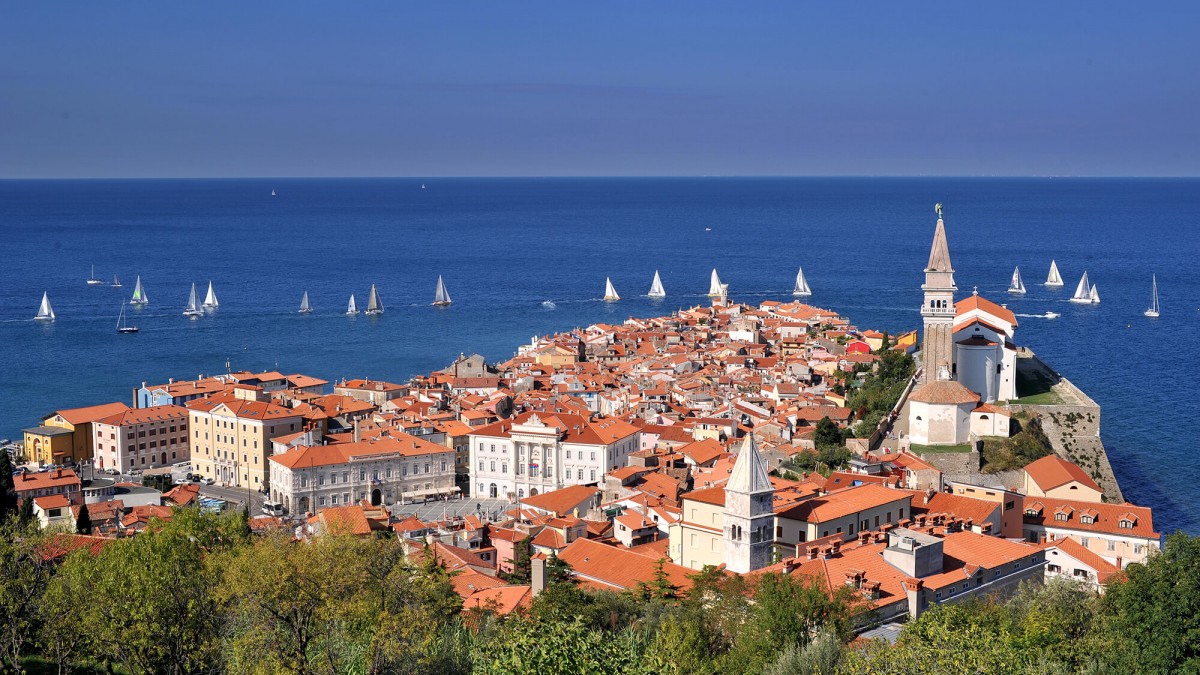Going Smaller, Sleeker, and More Intimate
This week, when an estimated 15 million people descend on Paris for the Olympic Games, much of the city center will be inaccessible to most motorized traffic. These Games will be the first in history to ban cars from Olympic venues in a program called “Paris Breathes.” The French capital already has more than 100 city streets that are closed to motorized vehicles year-round and occasionally schedules car-free days.
The City of Lights is just one of many urban areas that are banning cars in an effort to decrease congestion and improve air quality — and not incidentally, push back against overtourism. While not new, this trend is growing. The Slovenian capital Ljubljana has been car-free for more than a decade. Cars are already banned in Venice and by the middle of 2024, private vehicles will be from the center of Milan, Italy’s second largest city this year. Austria’s capital of Vienna already has a car-free inner-city zone and the Swedish capital, Stockholm, will forbid cars from 20 inner-city blocks starting next year.
While the car-free push is driven primarily by environmental concerns, an equally passionate move is on to ban large cruise ships to counter overtourism. More and more major cruise ports are preventing larger ships from berthing at all to limit the impact of thousands of passengers all at once into fragile destinations. When swarms of cruise day trippers descend on a city, they overload its restaurants, shops and city streets and degrade its appeal with excessive noise and crowds. This comes at a time when tourism is surging, especially at popular tourist hotspots around the world.
In a wave of cruise ship bans, Venice prevented large ships from docking in its historic center or the Giudecca canal in 2021 and Amsterdam banished them from its city center in 2023. In October, Barcelona–Europe’s biggest cruise port–closed its city port terminal to cruise traffic to relocate ships farther out of town, affecting about 340 annual cruise dockings. Bruges, Belgium, only allows two cruise ships to moor in the city at a time. And Dubrovnik, on Croatia’s popular Dalmatian Coast, limits the number of passengers to 5,000 per day.
In the South Pacific, French Polynesia banned large ships with more than 3,500 passengers from calling on the islands in late 2021. Those with 2,500 or more can only berth in the islands of Tahiti and Moorea, while Bora Bora only allows 1,200 passengers a day, effectively outlawing mega ships that carry thousands of guests.
These efforts by destinations to stop being loved to death by restricting access to their streets — whether from cars or large-ship cruises — are creating opportunities for such travel companies as Country Walkers and VBT Bicycling Vacations as well as small-ship cruise companies like Windstar Cruises.




Instead of driving into city centers, travelers can choose the pollution-free, environmentally friendly options of walking or biking tours, such as those offered by Country Walkers and VBT Bicycling Vacations. They provide the added benefit of seeing a destination up close and personal, whereby visitors can mingle more easily with the locals. So rather than visiting overcrowded Paris this summer, why not try one of the seven-day French walking tours with Country Walkers, “France: Provence & St. Rémy” or “France: Normandy & Brittany.”
Cycling tours, meanwhile, are easier than ever, as more and more cities add dedicated bike lanes. So consider a seven-day self-guided VBT biking tour along the Danube River that includes Vienna, whose city center is off limits to cars. Or VBT’s eight-day “Holland & Belgium Bike and Boat: Bruges to Amsterdam.”
With no more than 342 passengers per vessel, Windstar’s small luxury ships offer the perfect antidote to the unwelcome mega liners. Plus, its smaller ships can nose into intimate ports and coves off limits to larger vessels and away from bigger, over-crowded cities. For example, it is one of the few lines with unlimited access to French Polynesia, a region it has sailed for 36 years, longer than any other cruise line. You can cruise unimpeded to Tahiti, Moorea, Bora Bora, and other French Polynesian islands on Windstar’s 312-passenger all-suite Star Breeze, which offers several itineraries to that South Pacific destination.
Since Dubrovnik bars more than 5,000 cruise passengers a day, you can opt for Windstar’s small-ship eight-day “Classic Italy & Dalmatian Coast” itinerary that includes a stop in that coastal city. And with Venice preventing large ships from docking in its historic center, you can sail on Windstar’s nine-day cruise, “Adriatic Archipelagos & Greek Goddesses,” which ends in that iconic Italian city.
The former travel editor of USA TODAY, Veronica Stoddart is a multiple-award-winning travel writer whose work has appeared in dozens of publications and websites. She considers travel a force for good in the world.
For more travel experiences available from Xanterra Travel Collection® and its affiliated properties, visit xanterra.com/stories.


